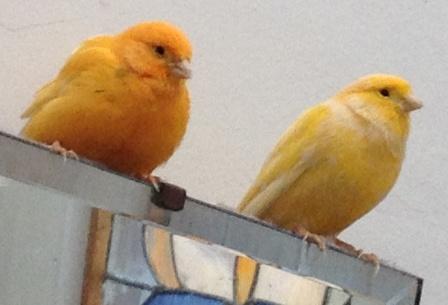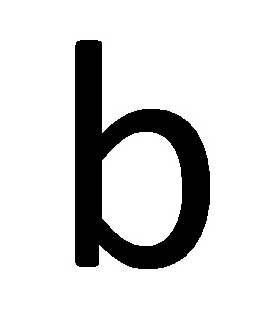Learning the alphabet
4 Replies
I avoid teaching letter names because I've seen too many children get the names of letters mixed up with the sounds letters represent.
When children are learning the alphabet, it's the sounds they really need to know to get started with reading and spelling. I wrote more about this in this previous blog post.
Schools expect children learning the alphabet to know letter names
However, schools often expect children to be able to recite the alphabet using letter names, and otherwise name letters, before they start school.
Children who can't do this can be marked down, even though they know at least one sound for every letter, are starting to be able to read and spell.
So this is a conundrum for parents.
You don't want your kid marked down for not knowing letter names, even if you don't agree with this being a requirement.
On the other hand, if they're going to find both names and sounds confusing, you don't want to teach them both at the same time.
Tiffany Hogan's animal analogy
US researcher Dr Tiffany Hogan was a keynote speaker at the recent Speech Pathology Australia conference (I couldn't go, but I had my spies – thanks Jane!), and has suggested a neat analogy that might provide a helpful workaround for this learning-the-alphabet problem.
Dr Hogan suggests showing beginners a picture of a cow, here's one of my brother's…
and saying, "This is called a cow, and it says 'moo'". That is, you present a picture of something the child knows about that has both a name and a sound.
To boost the analogy you could show the child a picture of a pig, here's the most hilarious one I ever met, she was simply enormous but thought she was a small puppy:
You'd tell the letter-learner(s): This is called a pig, and it says 'oink'".
Then for good measure you could show them a picture of some birds – here are my canaries, Buddy and Cyril. Buddy adopted me a couple of years ago, I got Cyril to keep him company, and I have been trying to work them into a blog post for absolutely ages, aren't they handsome?
You'd say, "These are called birds, and they say 'cheep cheep'".
All right, this post is turning into an excuse for putting gratuitous photos of animals on the internet, but really, what is the internet for? In fact what we really need at this juncture is probably a cat:
Not very LOL, but anyway you'd say, "This is called a cat and it says "miaow". Or "meow", if you prefer that spelling.
Once the analogy of things having both names and sounds is established, you show the child a letter, preferably one that doesn't represent too many sounds, such as the letter "b". I'll put a nice big one here in case you actually want to use this post as a teaching tool:
Then you say "this is called B (letter name), and it says 'b' (sound)". Then move on to discuss other letters and the sound(s) they represent. I guess you have the rest of the alphabet there somewhere and don't need me to type it here.
This seems like as good a system as any to help young children learning the alphabet to get their heads around the difference between letter names and the sounds letters represent, if they are going to be expected to know (and perhaps penalised for not knowing) letter names when they start school.
It might also be a good way to disentangle the two concepts for learners who are past the age when most children learn the alphabet, and have been taught both names and sounds, but still get them mixed up.








Nice idea, I'm just not sure about teaching children that letters say or make sounds, when what we really want them to understand is that the letters represent the sounds or are the spellings for the sounds. The letters don't actually say anything, unlike the animals.
Yes, very true, there’s no sound when you put your ear up to the page. It’s not a 100% accurate analogy, but in children’s pretend play there is a lot of “teddy says this” and “the pirate says that” when actually it’s the child saying it, so conceptually I think it’s better than not having an explanation, if children are aware of both letter names and sounds, but might not be sure what the difference is between them.
I usually tell beginners that words are made of sounds, and since sounds are invisible we can’t draw them, so we use letters to draw them instead, and don’t even talk about letter names. But kindergarten, the media etc often teach children letter names, and children are often expected to know them when they start school.
I was just having a conversation about this in the park today! I consider my four year old at risk of literacy difficulties and although I think many children could cope perfectly fine with letters and sounds I believe it is too much for him at this stage. Like you mention, I'll take sounds over letter names thank-you. I've been using this analogy when he brings up the letter name, for example he may say " no that's a D" after I say the sound. He loves the analogy and it clears up any confusion.
updated link Alison
https://www.mghihp.edu/tiffany-hogan-phd-ccc-slp